Art World
Congresswoman Carolyn Maloney on Her Uphill Battle to Found a Women’s History Museum at the Smithsonian
Congresswoman Maloney's bill has until January 2019 to pass.
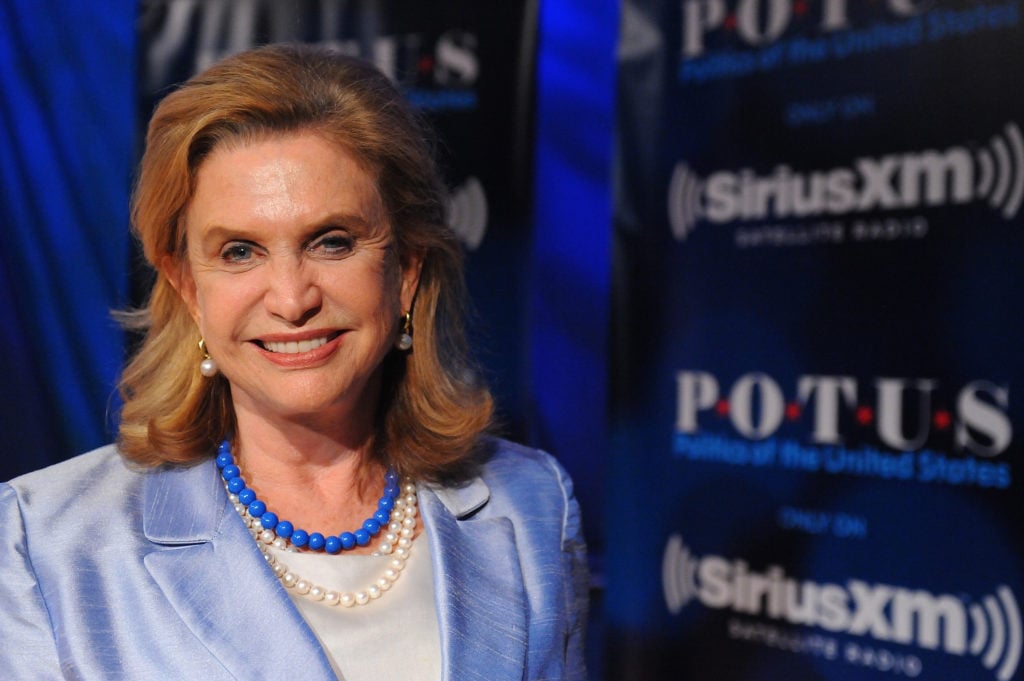
Congresswoman Maloney's bill has until January 2019 to pass.

Sarah Cascone

The are 19 museums in the Smithsonian Institution, but not one of them is dedicated to women. Last month, in an effort to draw more attention to the important role women have played in the history of the US, the Smithsonian announced a new American Women’s History Initiative. But for at least one prominent official, that effort is not quite good enough.
For more than a year, Congresswoman Carolyn Maloney, a Democrat from New York, has been working to pass a bill that would establish a dedicated women’s museum under the auspices of the Smithsonian. The road has not been easy.
“Women make up half the population, but in the telling of our nation’s history, women’s contributions have been largely ignored. You can see this in history textbooks’ under-representation of women, the small percentage of national monuments depicting women, and the absence of any comprehensive museum dedicated to women in the US,” Maloney told artnet News in an email. “In fact, there are none in the entire world.”
In March 2017, Maloney sponsored the Smithsonian Women’s History Museum Act, H.R. 19. The bill, which aims to provide for “the collection, study, and establishment of programs relating to women’s contributions to various fields and throughout different periods of history that have influenced the direction of the United States,” has until January 2019, the end of the current session of Congress, to pass. Currently, it has 250 bipartisan supporters in the house.
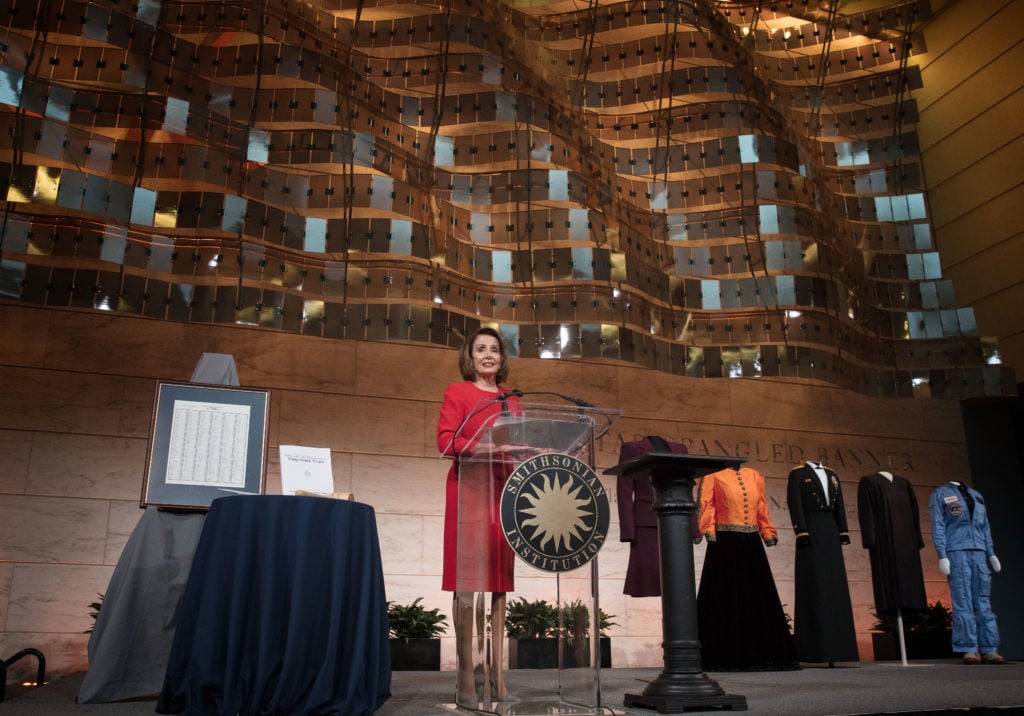
Nancy Pelosi donating her gavel to the Smithsonian. Beside her are other objects from the institute’s collections representing women’s firsts. Photo courtesy of the Smithsonian Institute.
Meanwhile, the Smithsonian is working to write women more thoroughly into the stories it tells. Earlier this year, it sought and received an additional $2 million to establish its American Women’s History Initiative. The institution plans to use the funds to hire new curators, organize dedicated exhibitions, and beef up its collections, according to a Smithsonian representative. It is also planning to publish a book to mark the 100th anniversary of women’s suffrage in 2020.
The new initiative officially launched at an event in Washington last month—Women’s History Month—celebrating the acquisition of Nancy Pelosi’s gavel. The first female Speaker of the House personally donated the historic object to the National Museum of American History.
Offering a taste of what a future women’s museum might look like, the gavel was displayed for the occasion alongside other Smithsonian artifacts from historic women’s firsts, including Sally Ride’s space suit, from the National Air and Space Museum; the outfit that singer Marian Anderson wore at her concert at the Lincoln Memorial in 1939, from the National Museum of African American History and Culture; and Sandra Day O’Connor’s Supreme Court robe, from the National Museum of American History.
“We do have a lot of artifacts that relate to women in the collections of all of our museums, but we want to do more,” a Smithsonian spokeswoman told artnet News.
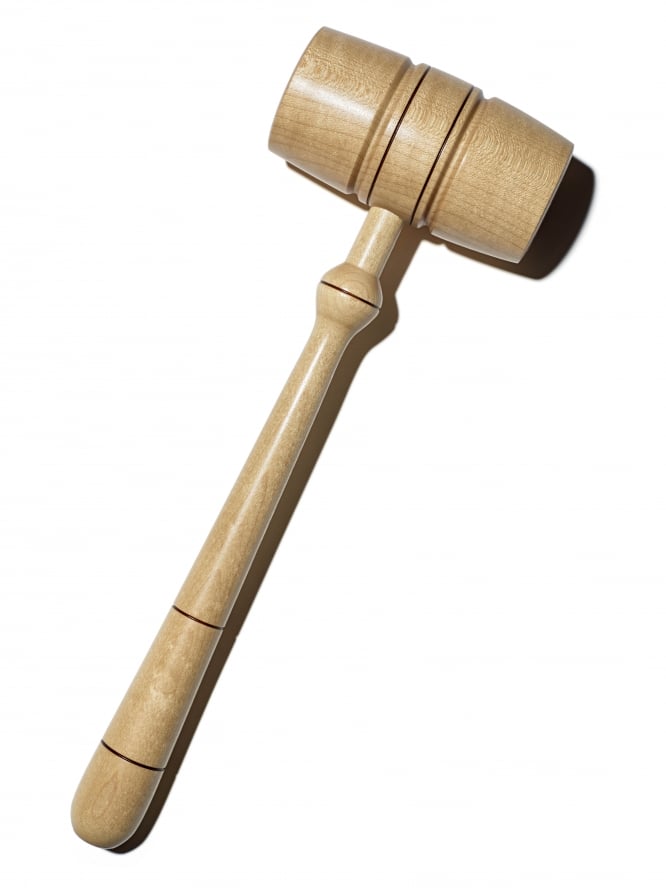
Nancy Pelosi’s gavel. Photo by Jaclyn Nash, courtesy of the Smithsonian’s National Museum of American History.
Nevertheless, the Smithsonian still isn’t in a position to come out in support of a dedicated women’s museum—that is up to Congress, and whether or not they pass Maloney’s bill. (A number of other advocates are also pushing for new museums of their own, including institutions for Latino and Asian Pacific American history.) In the meantime, the Smithsonian is focused on other priorities, such as the $650 million renovation of the Air and Space Museum.
“We’re not in a position to initiate any new museums in the near future,” Smithsonian secretary David J. Skorton told the Washington Post. Without Congressional approval and federal funding, it’s too early to commit to a dedicated museum, he said. He hopes to raise more money this year to further supplement the existing women’s history initiative.
Plans for a dedicated women’s museum began to take shape in November 2016, when a Congressional Commission tasked with looking into the matter in December 2014—it was created thanks to a bill Maloney coauthored—delivered its findings. After studying its potential impact, cost, and location, the committee unequivocally and unanimously concluded that a new women’s museum was necessary. It called for “a national museum dedicated to showcasing the historical experiences and impact of women in this country” to be established in the nation’s capital, preferably on the National Mall.
Although the commission proposed funding the museum entirely with private money—a proposal they thought might help push the project forward—Skorton wasn’t swayed by the idea. He told the Washington Post that the Smithsonian more typically funds projects with an equal amount of private and public funds. But such projects are not cheap: the most recent addition to the Smithsonian’s portfolio, the National Museum of African American History and Culture, cost $540 million. (Congress paid half.)
This challenge has not deterred Maloney, who has dreamed of building the museum for years. “I first began this effort after I realized during a walk around the Mall in Washington, DC, there were museums dedicated to everything you could imagine, but not a single one dedicated to women,” Maloney said. “A women’s museum belongs in our nation’s capital and prominently located on the National Mall.”
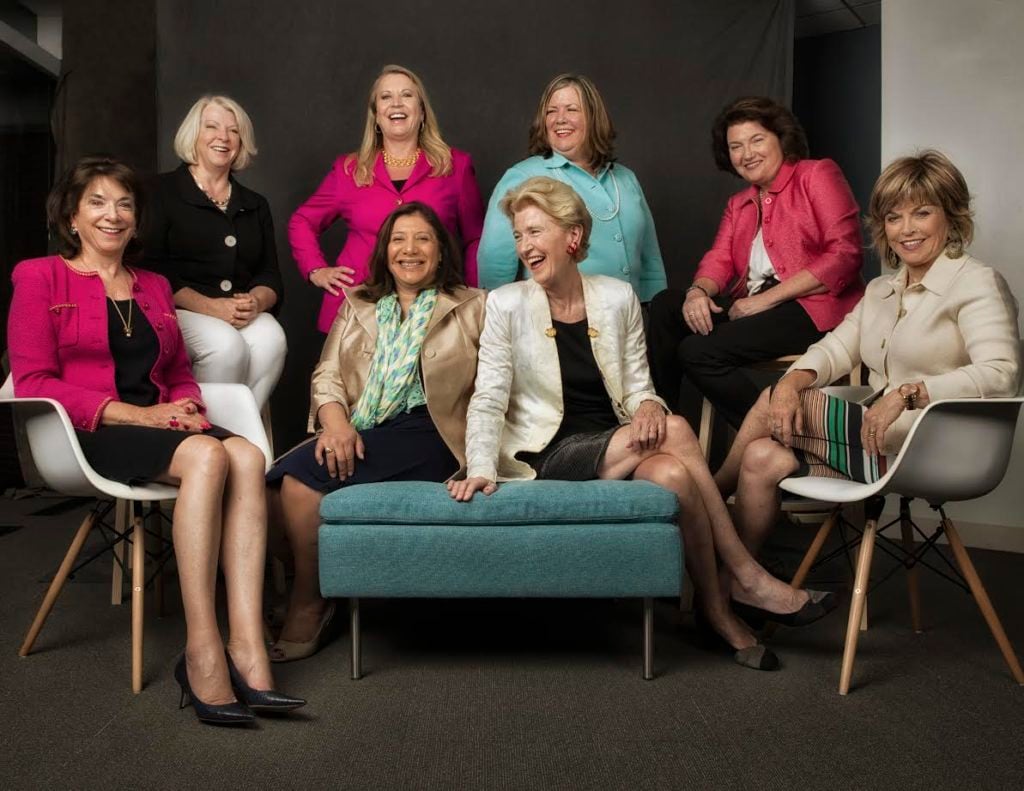
The women who are leading the charge for a Smithsonian Women’s Museum. Courtesy of the American Museum of Women’s History Congressional Commission.
The Smithsonian is not the only place where women are under-represented. As noted in Maloney’s bill, only nine of the 100 statues in National Statuary Hall in DC feature women. (A tenth, featuring the first African American woman subject, educator and activist Mary McLeod Bethune, is slated to replace a monument to a Confederate general.) The National Park Service only got its first monument dedicated to a woman, the Belmont-Paul Women’s Equality National Monument in DC, in 2016.
Even textbooks reflect this imbalance: Maloney studied 18 American history course books and found that only 10 percent of the material was about women. She believes that this status quo overlooks a vital part of what made our nation great.
Susan Sterling, director of the National Museum of Women in the Arts in Washington, DC, agrees. “Throughout history women have been routinely devalued and overlooked, or relegated to a historical footnote,” she told artnet News in an email. “Much has improved over the recent years in terms of a societal recognition of that contribution and the importance of including these stories within existing canonized histories, however there is still much that needs to be done to document and celebrate the contributions of women.”
“Stories of women are being lost, despite the reality that women have been front and center during every major moment in our nation’s history,” Maloney said. A dedicated museum “will show the nation and the world that the United States values contributions of women and men equally. It will inspire future generations of young girls and boys, and more completely tell the stories of all those who have shaped the nation.”
“It is no small understatement to say that women played a unique role in shaping human history and of course have also made a unique contribution to American history,” said Sterling, who sees a potential women’s museum at the Smithsonian as an important addition to the work done by her own institution. “It is the role of responsible institutions to address historical gender imbalances.”
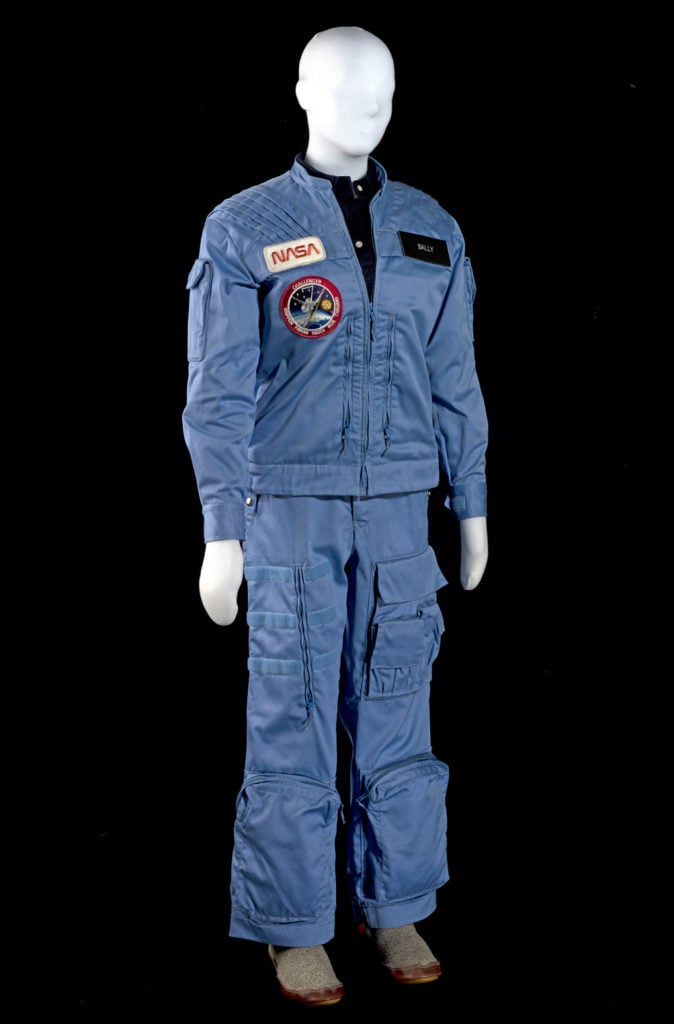
Sally Ride uniform. Photo courtesy of the Smithsonian’s National Air and Space Museum.
Maloney is hopeful that Congress will bring H.R. 19 to the floor for a vote this year. But even if that happens, the museum is a long ways off. The National Museum of African American History and Culture was nearly 30 years in the making. Passing a bill authorizing the museum took 15 years, and it was another 13 years before it opened.
The committee’s report estimated a 10-year time frame for the Smithsonian women’s museum. And Maloney is in it for the long haul.
“I have always fought for women’s rights, and it has always been an uphill battle,” she said. “We simply cannot empower women if we do not even recognize them. Look at Sybil Ludington, for example; when she was just 16 years old, she rode farther and longer through more dangerous territory than Paul Revere. While everyone remembers learning about Paul Revere, you’d be hard-pressed to find many people who know Sybil Ludington’s name. I think this museum has the potential to change that. And that is why I will continue to work toward that goal and make it a reality.”